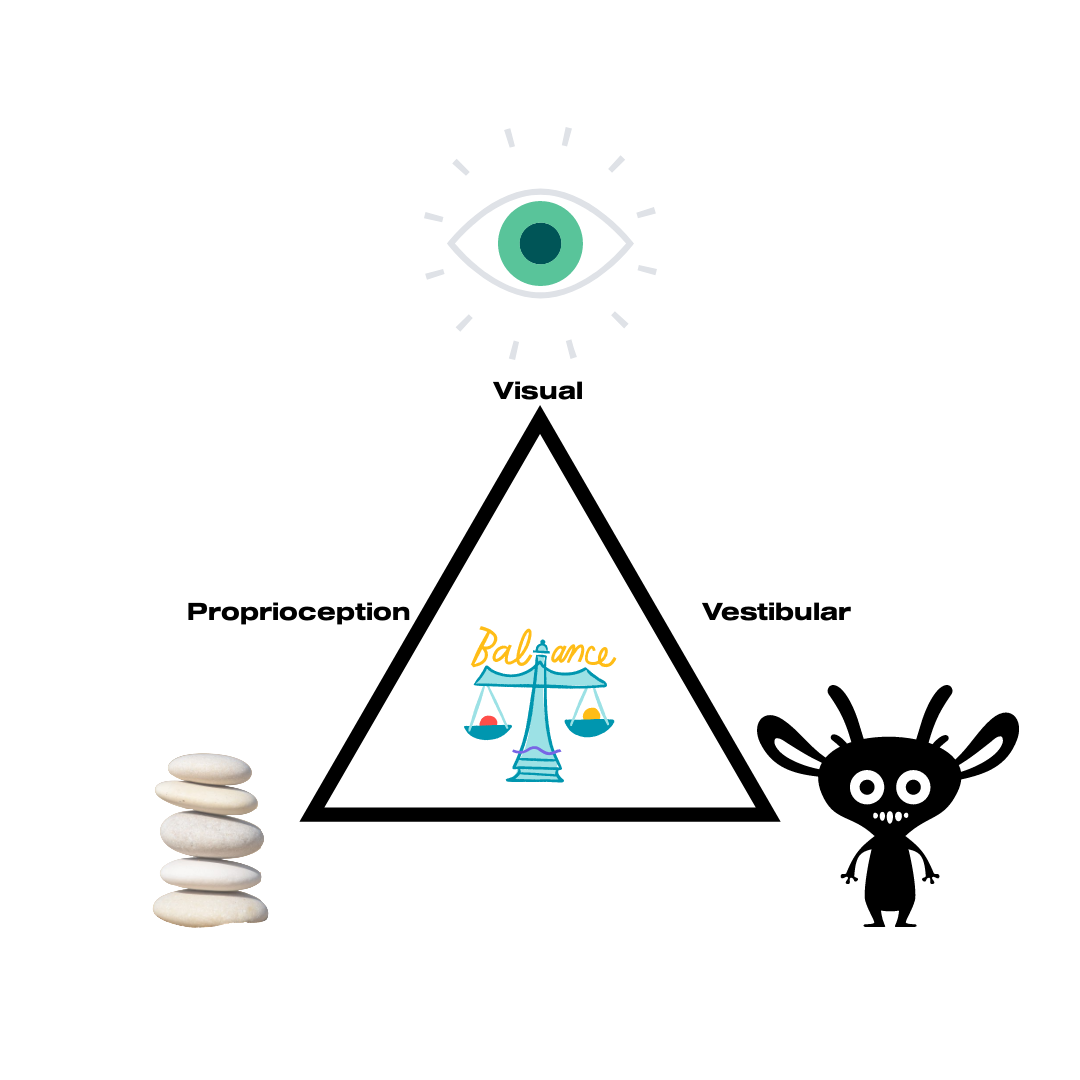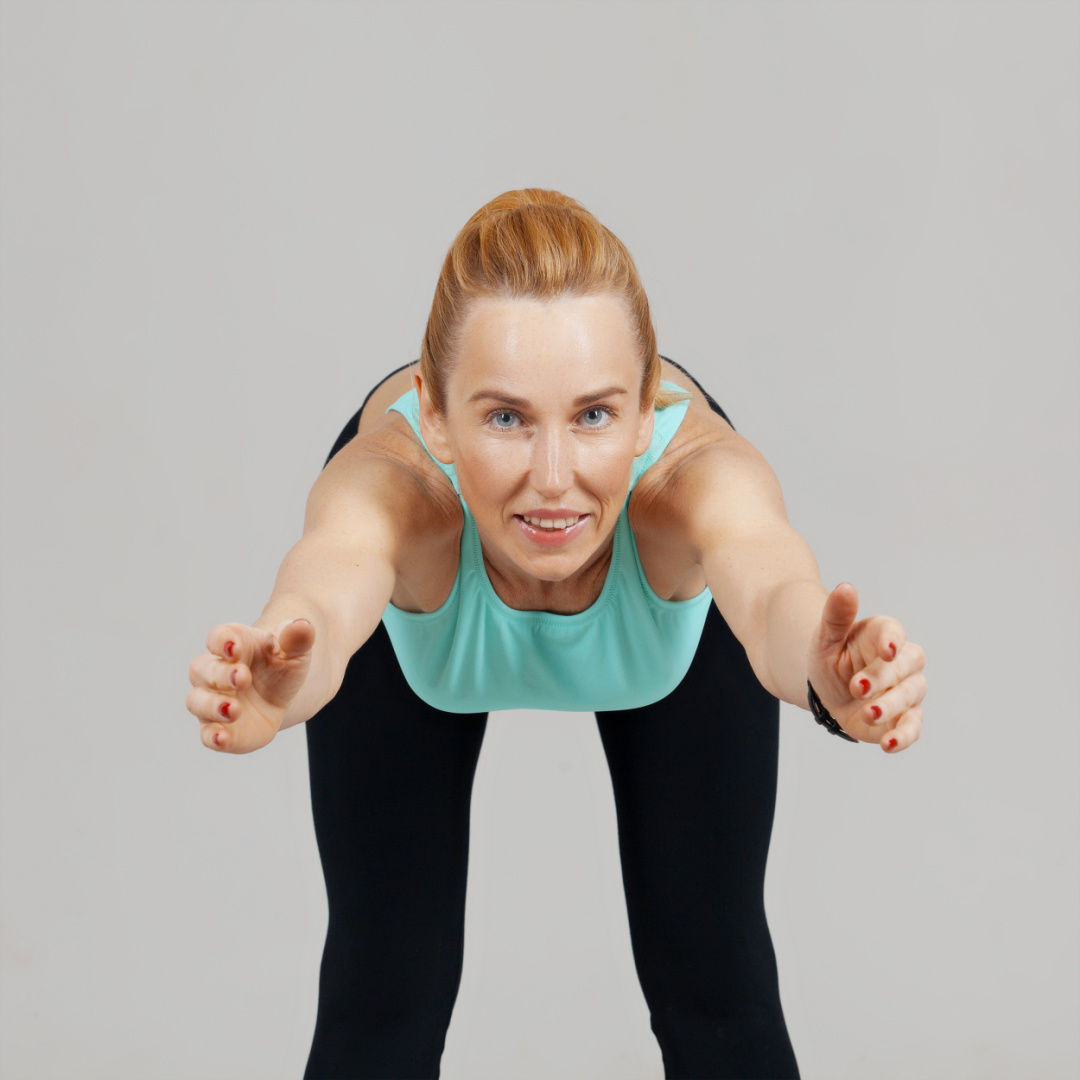I am reposting this blog about balance and falling again. Given the high-profile recent fall and death of Ivana Trump, it is important that we pay attention to our balance. There has been information in the press about the 10-second one-legged standing test. Below is an excerpt from a July 21st WSJ article
The average person under the age of 70 should be able to stand on one leg for 10 seconds at a time, says Claudio Gil Soares de Araújo, a sports and exercise physician in Rio de Janeiro.
WSJ July 21, 2022
Dr. Araújo was the lead author of a recent study published in the British Journal of Sports Medicine, which found that the ability of middle-aged and older adults to stand barefoot on one leg for 10 seconds was associated with higher rates of survival years later. Researchers used an adjusted model that accounted for factors including age, sex, body-mass index and comorbidities.
Try it at home while brushing your teeth, but make sure you have a nearby wall or person to hold on to if you start to wobble. Keep your arms and elbows extended naturally by your side, and place the front foot of the lifted leg on the back of your opposite calf. If you can’t maintain a static stance for 10 seconds, you should consider consulting a physical therapist or doctor about your fitness level. In some cases, they may recommend further neurological testing, says Dr. Araújo.
If you fall once, your chances of falling again doubles
Without good balance, it can be difficult to walk, let alone other activities like climbing stairs or fun activities like gardening, golfing, hiking, etc. One in four people over 65 falls each year. If you fall once, your chances of falling again doubles, according to the CDC.
My husband and I were walking our property in an area leading to the fruit trees that is gravel and dirt. It’s particularly slippery and my husband slipped and started going backward, it looked like a fall was imminent. Luckily, he was able to catch himself and not fall, but that’s how falls happen. It’s when you aren’t expecting them because you are doing something mundane like walking around your house or property, and the boom down you go. There are some other factors that I have mentioned in previous blog posts, such as shoes, area rugs, or pets. The links to those posts are below in the reference section.
The facts about falls
Here are some 2019 facts from the CDC.
- One out of five falls causes a serious injury such as broken bones or a head injury.
- Each year, 3 million older people are treated in emergency departments for fall injuries.
- Over 800,000 patients a year are hospitalized because of a fall injury, most often because of a head injury or hip fracture.
- Each year at least 300,000 older people are hospitalized for hip fractures.
- More than 95% of hip fractures are caused by falling, usually by falling sideways.
- Falls are the most common cause of traumatic brain injuries (TBI).
- In 2015, the total medical costs for falls totaled more than $50 billion. Medicare and Medicaid shouldered 75% of these costs.
Bob Sagat recently passed away. His cause of death was attributed to a skull fracture. “It is most probable that the decedent suffered an unwitnessed fall backwards and struck the posterior aspect of his head,” Dr. Stephany, the chief medical examiner for Orange and Osceola counties in Florida where he died.
How exactly it happened is still unclear, yet there are many ways we can unexpectedly fall. Think slipping and falling in a bathtub, walking on a sidewalk that is icy, a kitchen spill, or walking around a pool with a slippery surface. My husband’s encounter with a slippery slope in the yard is not uncommon.
What we should know about balance

Balance is maintained by the coordination of three systems working together. These include vestibular (ear), visual (eye), and somatosensory (proprioceptive, or where we perceive our body is in space) input.
Our ears (vestibular)
There are nerve receptors located in our inner ear that are sensitive to movements of the head. In my balance and flexibility class, I remind students to look about three to four feet past their feet when we are doing hip hinges, to avoid head whiplash. The act of looking at the floor and then rising upward can make you very dizzy and add to balance issues.
Our eyes

The eyes play a key role in balance. Your eyes help you make adjustments to navigate uneven surfaces or trip hazards. Have you seen those videos of someone looking down at their phone and falling into a fountain or down a manhole? They seem funny, but this is how we can lose our balance and fall. We need to constantly scan our surroundings for all types of hazards. We are at more risk as the sun goes down as darkness affects our vision, especially as we age. Think about this the next time you are walking and texting, or stumbling to the bathroom in the middle of the night.
Our body in space (proprioception)
Proprioception is the body’s ability to sense movement in space. People who experience numb feet or legs (due to diabetes, back surgery, or other injuries) don’t even know where that leg or foot is going when it’s in motion or what they are stepping on. That’s when a little stumble or trip can turn life-threatening. We live in a multiplanar world (that means front, back, and side to side), so it’s important that when we exercise that we incorporate all planes into our exercises and find ways to adapt to the weakness in our leg or foot.
Integration
Our eyes, ears, and sense of space help us to constantly make postural adjustments, alert us to trip hazards, and keep us out of harm’s way. It’s a team effort that works to keep you safe.
Balance and mental health
Did you know that another benefit of good balance is the positive relationship it has on mental health? A Harvard report (referenced below) states that improved balance may help with mental health, and a good level of mental health helps to achieve good balance. Who doesn’t want that?
Staying fit
It is up to us to keep our bodies fit and strong so we can avoid injury and as a benefit improve our mental health.
Some simple balance exercises
These simple balance exercises are recommended by the American Heart Association and referenced below:
- See how long you can stand on one foot or try holding for 10 seconds on each side.
- Walk heel to toe for 20 steps. Steady yourself with a wall if you need a little extra support.
- Walk normally in as straight a line as you can.
- If you find standing on one foot very challenging at first, try this progression to improve your balance:
- Hold on to a wall or sturdy chair with both hands to support yourself.
- Next, hold on with only one hand.
- Then support yourself with only one finger.
- When you are steady on your feet, try balancing with no support at all.
You are never too old!
You are never too old to work on your balance. Try challenging yourself (safety first, of course) to do the exercise above. Another option is to take a class (I recommend mine, which you can find on my website under classes). And do more balance-specific exercises during the day to keep you from becoming a statistic. You can do this when you are getting your morning coffee, brushing your teeth, washing dishes, and petting the dog.
Contact me
Contact me if you want to learn more about how you can improve your balance. You can go to the CONSULT TAB or click HERE and let me know what I can do to help. There’s no cost, I just want to help you have the healthiest body possible.
Free Download
You can download my Better Balance and Strength in Less than Five Minutes a Day. Click Free Resources or go to my Free Resources page to get your free copy.
References
Some of my past Blog Posts that you might find interesting
CDC Fall Facts
https://www.cdc.gov/falls/facts.html
Balance and Mental Health
https://www.health.harvard.edu/staying-healthy/good-balance-requires-mental-and-physical-fitness
Balance Exercise from The American Heart Association
https://www.heart.org/en/healthy-living/fitness/fitness-basics/balance-exercise
